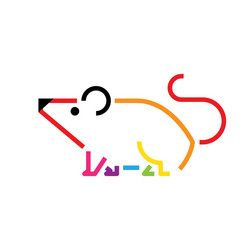Because we couldn’t open the link to the introduction webpage, we collected a lot of information in this question, organized them, and then wrote the following answer.
Technological Architecture for Autonomous Vehicles:
- Sensing and Perception Systems: Autonomous vehicles rely on various sensors such as LiDAR, radar, cameras, and ultrasonic sensors to perceive their surroundings. These sensors gather data about the vehicle’s environment, including road conditions, obstacles, pedestrians, and other vehicles.
- Processing and Decision-Making Algorithms: The data collected by sensors is processed by onboard computers equipped with advanced algorithms. These algorithms interpret sensor data, recognize objects, predict their movements, and make decisions about how the vehicle should navigate and behave in different scenarios.
- Control Systems: Based on the decisions made by the algorithms, control systems regulate the vehicle’s acceleration, braking, and steering to execute the planned maneuvers safely.
- Communication Systems: Autonomous vehicles may also communicate with each other and with infrastructure elements like traffic lights or road signs to exchange information and coordinate their movements effectively.
Application to Driverless Cars:
In the context of driverless cars, this technological architecture would be applied to create a fully autonomous vehicle capable of safely navigating real-world road environments without human intervention. The sensing and perception systems would continuously monitor the car’s surroundings, while the processing and decision-making algorithms would analyze this data to determine the vehicle’s actions, such as changing lanes, making turns, or stopping at intersections. Control systems would then execute these actions, ensuring smooth and safe operation.
Extending Ideas to a Micromouse:
While the complexity of autonomous vehicle technology may seem excessive for a micromouse, which is a small robot designed to navigate mazes, similar principles can be applied on a smaller scale:
- Sensing and Perception: A micromouse could use simple sensors like infrared or ultrasonic sensors to detect walls, dead ends, and openings in the maze.
- Processing and Decision-Making: Onboard microcontrollers or small computing devices could process sensor data and determine the mouse’s next move, such as turning, reversing, or continuing forward.
- Control Systems: Motors or actuators would execute the commands generated by the decision-making process, controlling the micromouse’s movements within the maze.
- Communication (Optional): While communication between micromice may not be necessary, it could be implemented for more advanced applications, such as collaborative exploration of larger mazes.
While the scale and complexity differ significantly between autonomous vehicles and micromice, the fundamental concepts of sensing, processing, decision-making, and control remain applicable. Both systems aim to autonomously navigate their environments, albeit on vastly different scales.

Leave a Reply